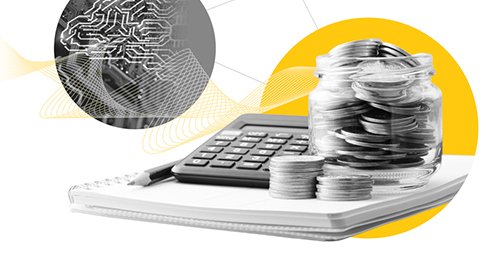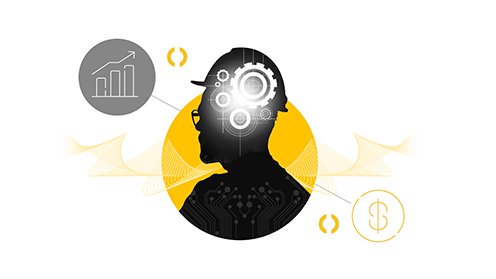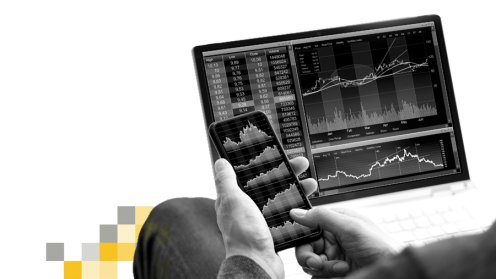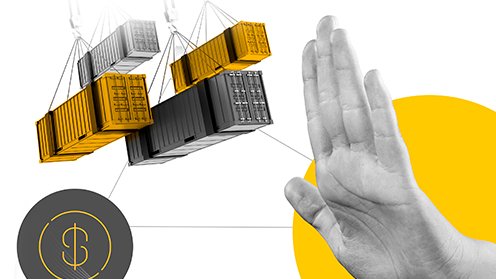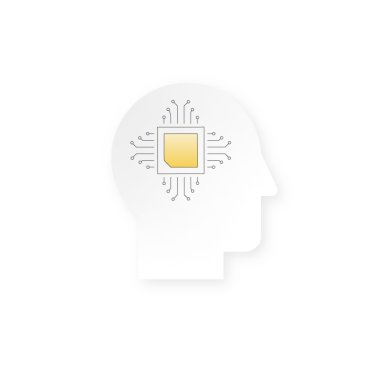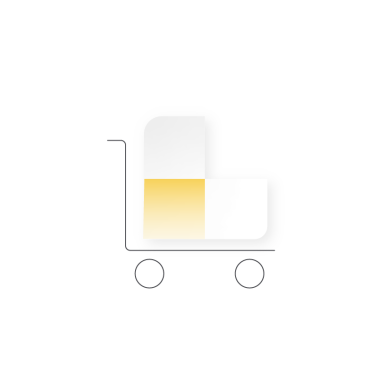With the state of the truckload spot rates market as chaotic and volatile as it is today, it’s getting harder for shippers to not only procure spot capacity but also to negotiate effectively and reduce tender rejections. As noted by Coyote Curve, a proprietary spot rate freight index, “On the (incredibly) bright side, the economy is opening back up as vaccinations increase globally and COVID-19 restrictions start to lift in the U.S. But this bullwhip effect is causing a lot of volatility and difficulty for supply chains everywhere.”
What we’re encountering is a market context where a manual approach to spot freight procurement is failing — where shippers and brokers alike are unable to create an edge using the same tactics as everybody else. Here’s where the promise of AI comes in.
In this article, we’ll establish some basics related to artificial intelligence, behavioural science, and machine learning and explore why embedding them in a science-based approach is the future of spot procurement.



